Historical documents and legends of Vinh Te village residents all acknowledge that the statue of Ba Chua Xu does not know where it came from, but has long reigned halfway up Sam Mountain (Hoc Lanh Son). This could be a product of the Oc Eo culture during the Phu Nam Kingdom from the 1st to 7th centuries, or even earlier. Believing in the sacredness of the statue, local residents often come to burn incense and pray for protection from wild animals, for favorable weather, a warm and happy family, and for all things to be fulfilled. Since then, the 1.65m high statue has become the spiritual support of the people, named Ba Chua Xu, although we only know that the statue is made of stone, and it is unclear whether it is male or female.
Two centuries have passed, the “household registration” of Ba Chua Xu in Sam Mountain, as well as the origin of the statue and the legend of the statue’s movement and many related events remain a mystery. But above all, the statue is very sacred, trusted and worshiped by the people. From the 23rd to the 27th of the 4th lunar month every year, on average, millions of people from all over the country and abroad come to worship, pay homage, and pray for her blessings, luck and answers.
Moving the statue of Lady Chua Xu
With the desire to worship Ba Chua Xu conveniently and solemnly, the elders at that time discussed moving the statue down the mountainside to build a temple to worship her (currently located in Vinh Tay 1 hamlet, Sam mountain ward, Chau Doc city). After worshiping, 9 strong young men were assigned to carry the statue of Ba, although they tried their best, the statue did not budge. At that moment, "the girl who was trampled by Ba" said that they had to send 9 virgin girls to bathe and clean themselves up the mountainside to perform the ceremony to welcome Ba before she would come down. After doing so, the 9 girls carried the statue easily, but when they reached the current temple, the statue suddenly became heavy and could not be moved. The elders believed that she wanted to lean against the cliff to watch the villagers work and make a living. That was Ba Chua Xu's wish.
Regarding the statue of the Lady, there is a legend that the Siamese army often went through the Sam mountain to harass and plunder around the 1820s. One day, they encountered the statue of the Lady, tied it with ropes and carried it down the mountain to bring it back to their country. After carrying it a short distance, the statue suddenly became so heavy that it could not be lifted. The angry bandit hit the statue and was immediately punished by the Lady, while the remaining bandits ran away in fear. The main hall of the Lady's temple also has a parallel sentence: "Cầu tất ứng, thi tất linh, mong trung chi thi/ Xiem kha kinh, Thanh kha mo, ý ngoai nan luong". Meaning: "Pray to her and she will answer, give her then she will be effective, the omen is given in a dream/ The Siamese are terrified, the Qing people respect, it is unimaginable".
Talking about the statue of Ba to the media, Dr. Lam Quang Lang, Vice President of the Provincial Historical Science Association, said, “The Vietnamese people's religious practice of worshiping goddesses and Ba Chua Xu may have been built according to Mr. Thoai Ngoc Hau's intention. In the face of the raging epidemic, the Lam Son and Lam Son miasma eroded the people's strength, making people waver, Mr. Thoai Ngoc Hau invited the statue down from the mountain and built a temple to worship Ba so that people would believe in supernatural powers to bless, protect, and confidently overcome difficulties, building a life on the "fence" land of the country."
According to another version, it is said that 80,000 workers were mobilized to dig Vinh Te canal, but when they started working, they continuously encountered sick people, wild animal attacks, and deaths due to accidents. Hearing from the villagers about the sacredness of Ba Chua Xu, Thoai Ngoc Hau's wife, Chau Thi Te, went up to Sam mountain to pray to the sacred statue. Indeed, after the ceremony, the canal digging went smoothly. Trusting and expressing gratitude, Thoai Ngoc Hau decided to build Ba Chua Xu temple so that people could worship solemnly and conveniently.
Origin of the statue of Ba Chua Xu
According to French archaeologist Malleret who came to study in 1941, the statue of Lady Xu of Sam Mountain originated from India, belongs to the Vishnu (male god) type, one of the three supreme gods in Brahmanism. The statue is 1.65m high, made of sandstone (also known as red stone), has high artistic value, carved in the shape of a thoughtful, noble person, was created around the end of the 6th century and this may be one of the remaining ancient artifacts of the ancient Oc Eo culture. Previously, the statue of Lady was placed on a stone pedestal in the Southeast on the top of Sam Mountain. The stone pedestal is 1.6m wide, 0.3m thick, in the middle there is a square hole with a side of 0.34m, made of dark green sedimentary rock, fine grain. According to research, this type of rock does not exist in the locality.
In his work “The Mekong Delta - Ancient Life”, the late writer Son Nam stated that the statue of Ba Chua Xu is a male Buddha statue of the Khmer people and this statue was long forgotten on the top of Sam Mountain. The Vietnamese people migrated from the North, brought the statue to the temple, painted it, dressed it in silk, put on a necklace and turned the male statue into a woman. Mr. Tran Van Dung, author of the book “History of the development of Chau Doc land 1757 - 1857”, also affirmed that the statue of Ba Chua Xu is a male statue, sitting in a regal posture. The head of the statue is not the original but was crafted later from a type of stone that is not the same as the body of the statue.
About the temple and statue of Ba Chua Xu
Initially, the temple was built simply with bamboo and leaves, located on the low land northwest of Sam mountain, with its back facing the cliff, the main hall overlooking the road and fields of the old Vinh Te village. In 1870, the temple was rebuilt with bricks and mortar. In 1962, the temple was renovated with stone slabs and roofed with yin-yang tiles. In 1965, the Association of Nobles ordered the expansion of the guest house and the fence of the main hall of the temple. In 1972, the temple was extensively rebuilt and completed in 1976, creating its current appearance, designed by two architects Huynh Kim Mang and Nguyen Ba Lang.
To this day, the origin of the statue of Ba as well as the history of Ba Chua Xu of Sam Mountain remains a mystery and a legend. These legends continue to be passed down to future generations. However, regardless of whether the statue is a male or female goddess and where it comes from, in the minds of not only the people of the South, Ba Chua Xu is always a spiritual support. People come to visit her with admiration, worship, and believe that she is a powerful goddess, blessing the country with peace , the border with peace, the people to unite to overcome difficulties, to do business successfully, to have a prosperous and prosperous life... With that wish, every year, millions of tourists from all over gather to visit, worship, and thank her.
With its current development history and grandeur, the Ba Chua Xu Temple on Sam Mountain was recognized by the Vietnam Record Book Center as the largest temple in Vietnam on May 25, 2008, with an area of about 3,000m2 . In 2009, the statue of the Lady was recorded in the An Giang Record Book as the oldest sandstone statue in Vietnam and with the most worshiping robes. The statue of the Lady was recognized by the Vietnam Record Book Center as the oldest and largest sandstone statue of the Lady in Vietnam...
NGUYEN HAO
Source: https://baoangiang.com.vn/an-giang-24-gio/thoi-su/ky-bi-ve-ba-chua-xu-nui-sam-a417216.html


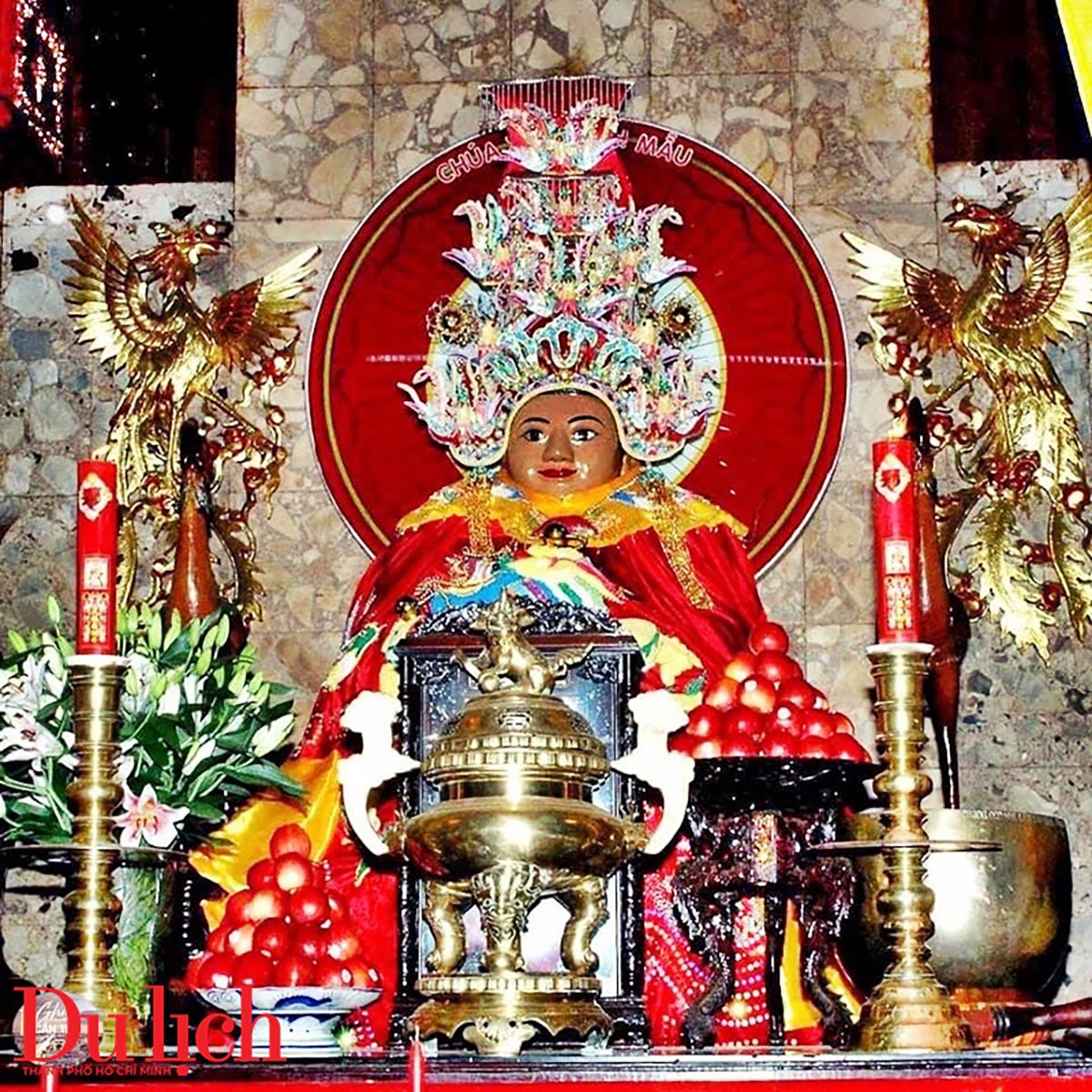
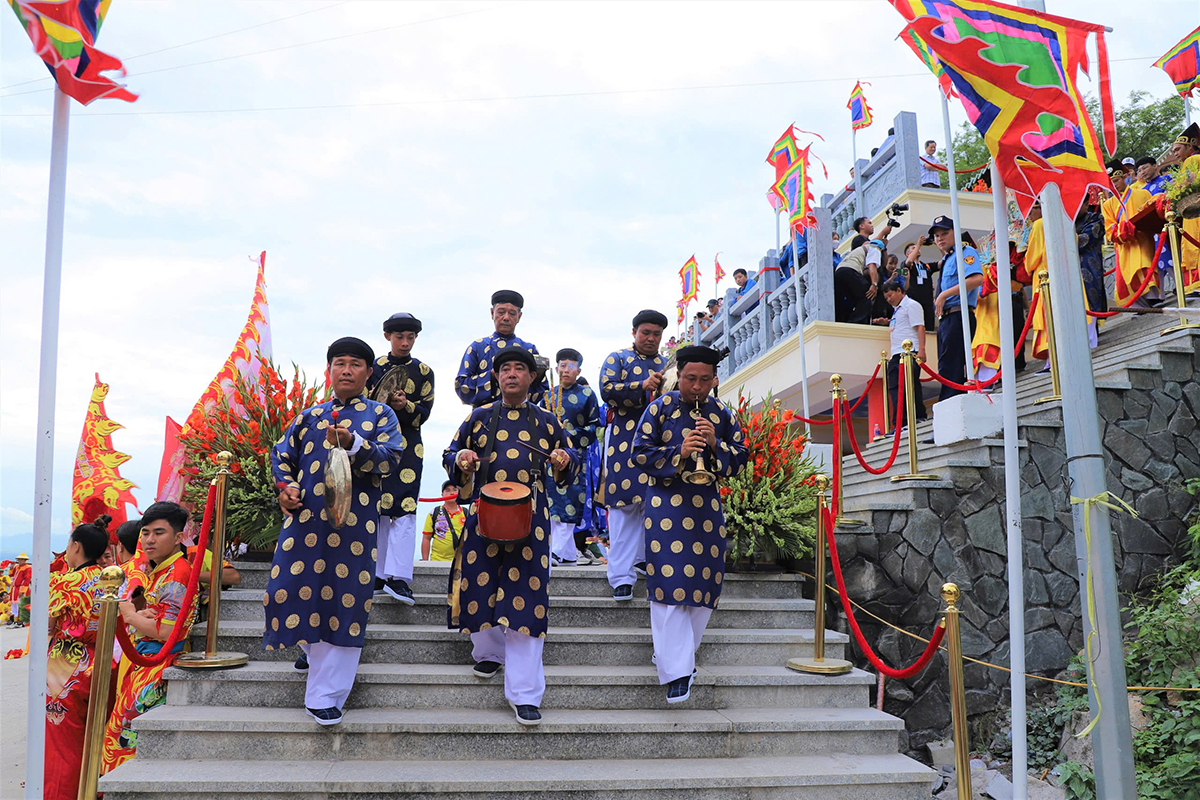
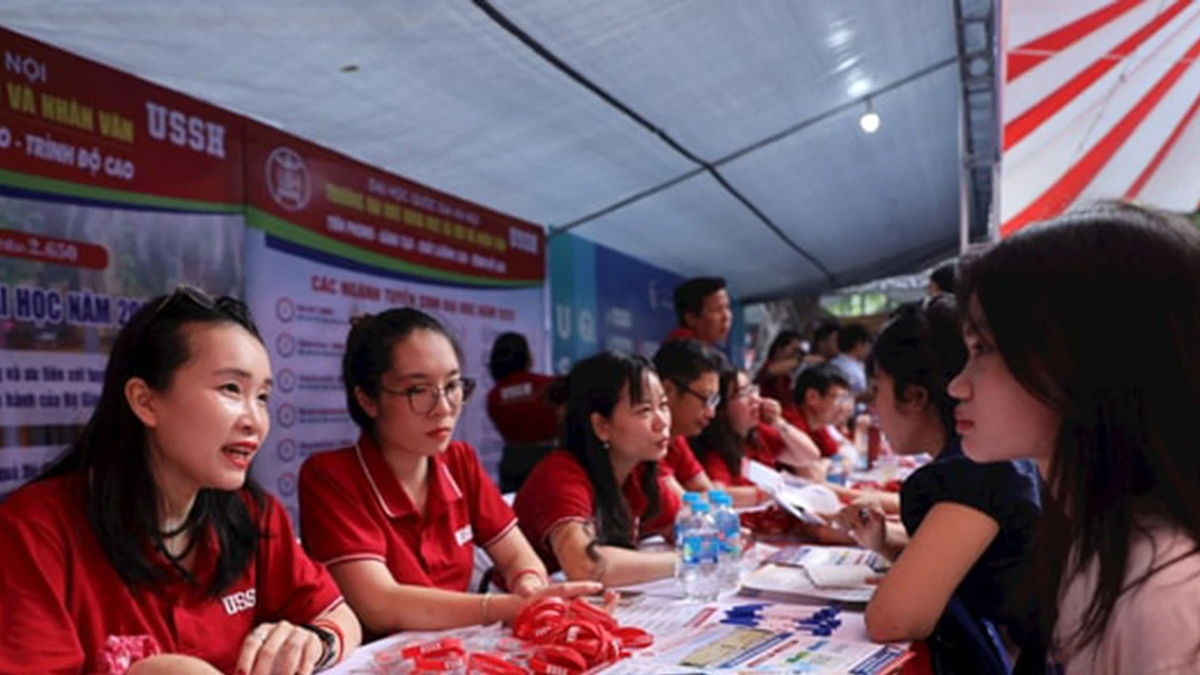
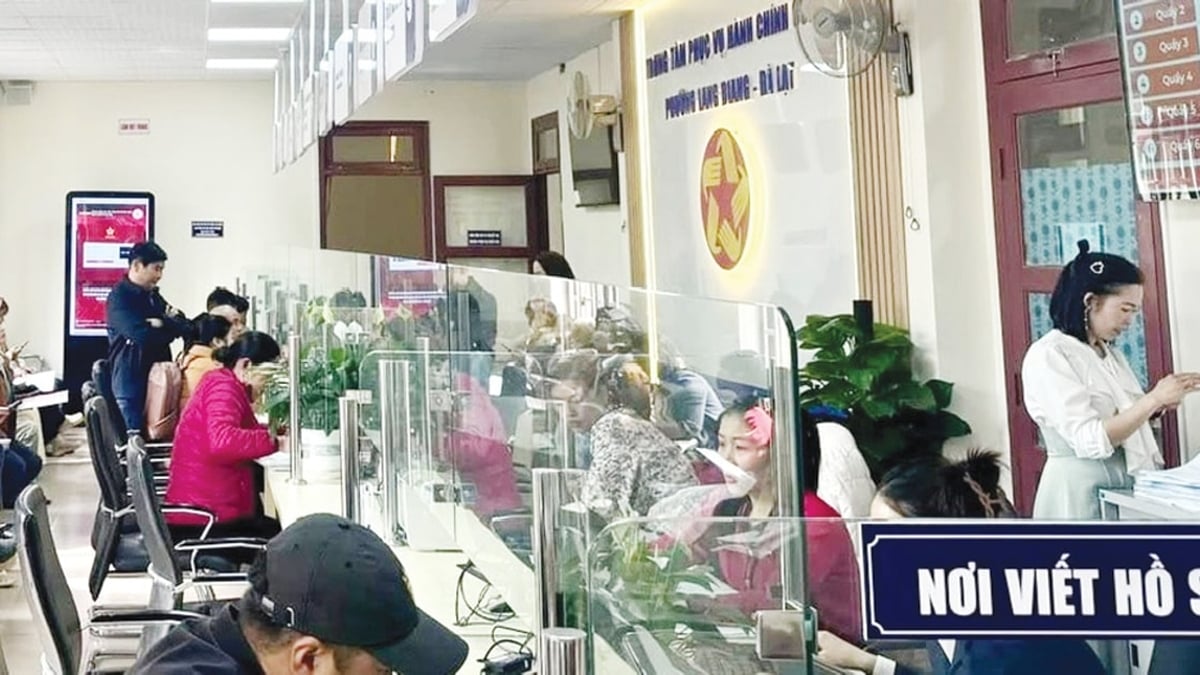


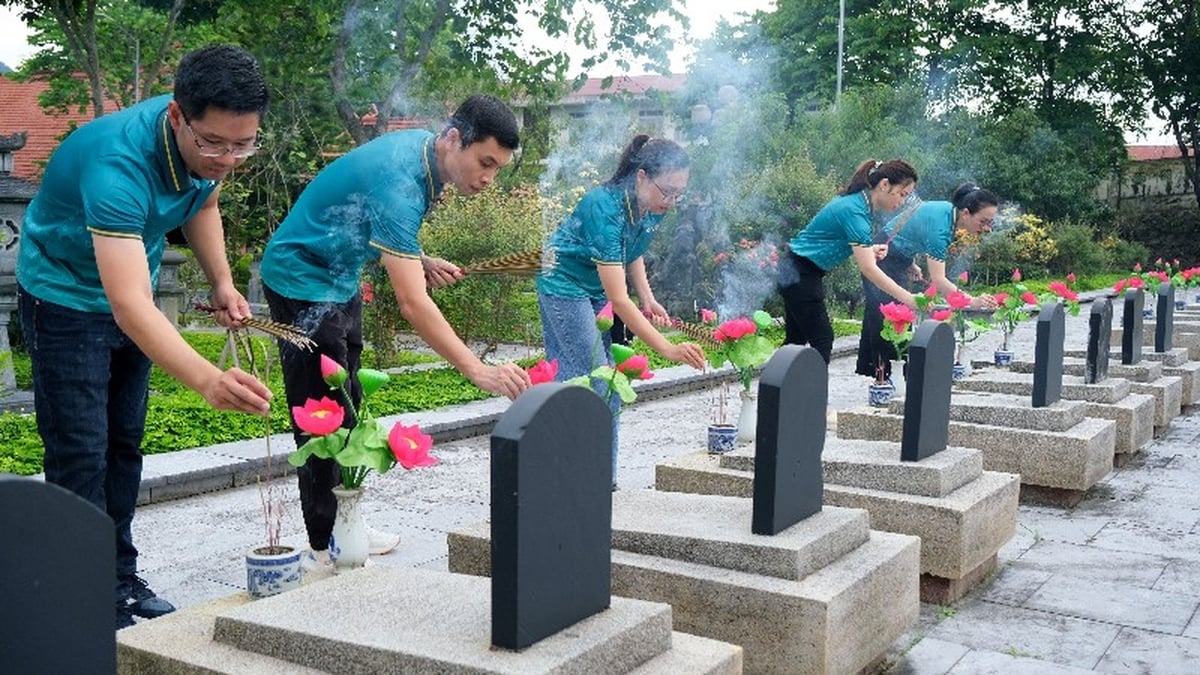




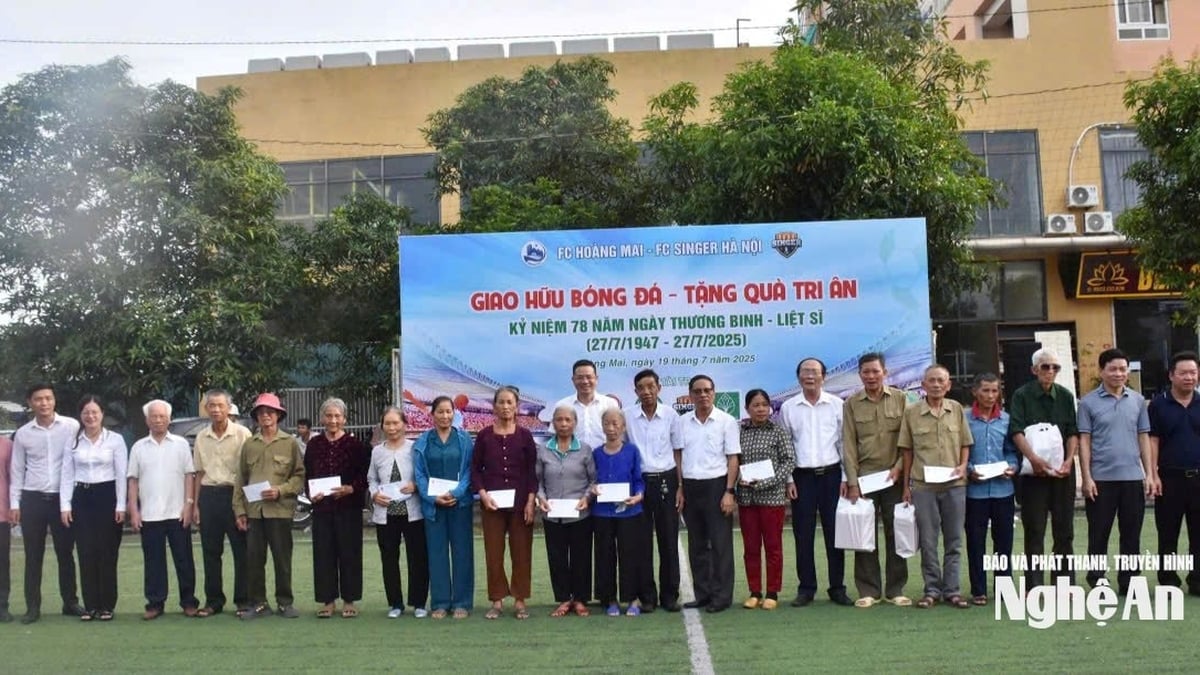

















































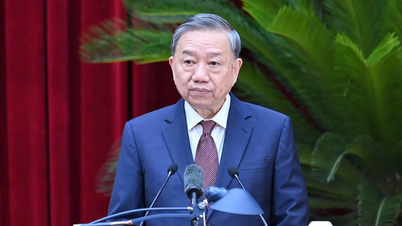
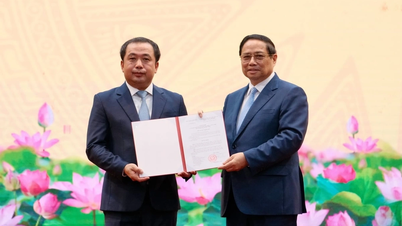
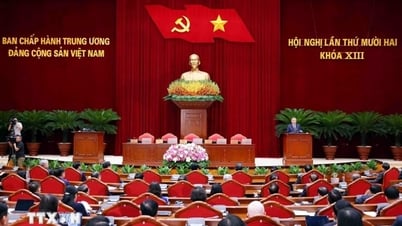


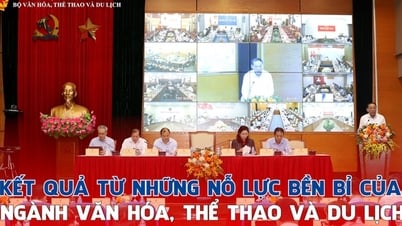


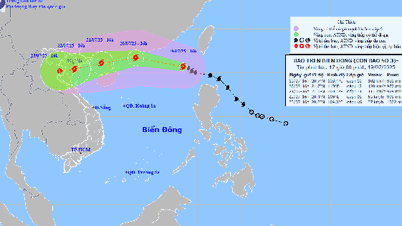

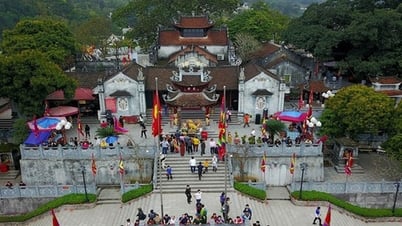


























Comment (0)